|
In 1968 Vermont Banned Billboards. In 1968 the state of Vermont passed a landmark anti-billboard law and the landscape has been billboard-free ever since. The law was the result of the extraordinary efforts of one man, Ted Riehle (1924 – 2007), who was determined to preserve the natural beauty of Vermont. According to John Kessler, chair of the Travel Information Council, the law’s original goals remain the same today: “We need to provide information to the traveler, but do not want to compromise our natural scenery. Tourism is the number one industry in the state. And the lack of advertising is one of the most commonly reported things that visitors appreciate about Vermont.” Nathaniel Gibson continues: “Businesses may display an on-premise sign up to 150 square feet… Off-premise signs — the official name for billboards — are not allowed, unless TIC grants an exemption. Exemptions are typically granted for reasons of public safety and convenience.” Below you will find 15 compelling reasons why Vermont (along with Alaska, Hawaii and Maine) banned billboards. |
1. Stowe 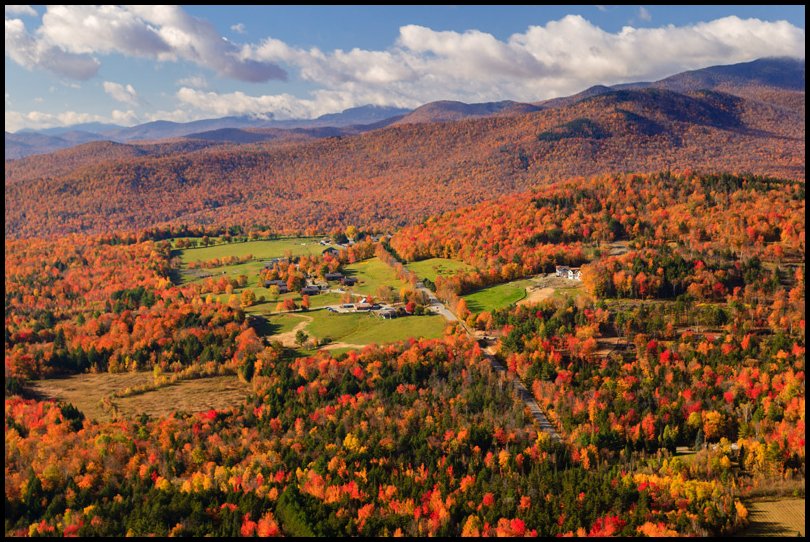 2. Equinox Pond, Manchester 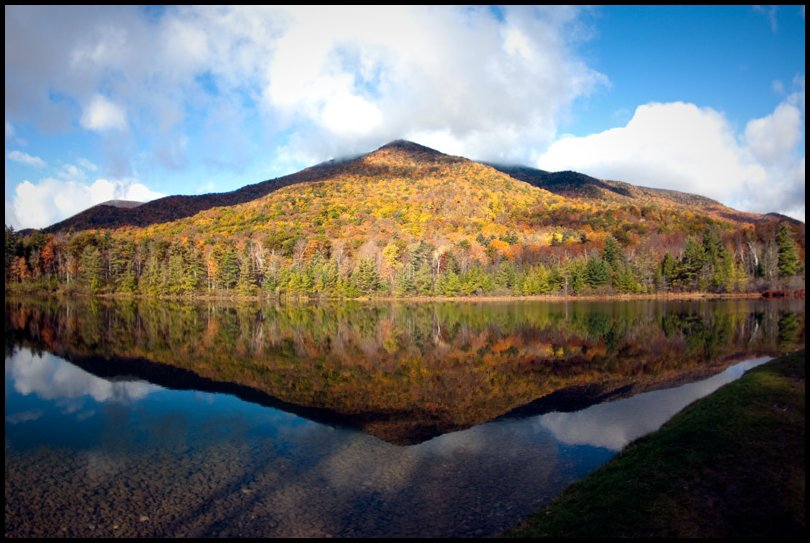 3. West Dover 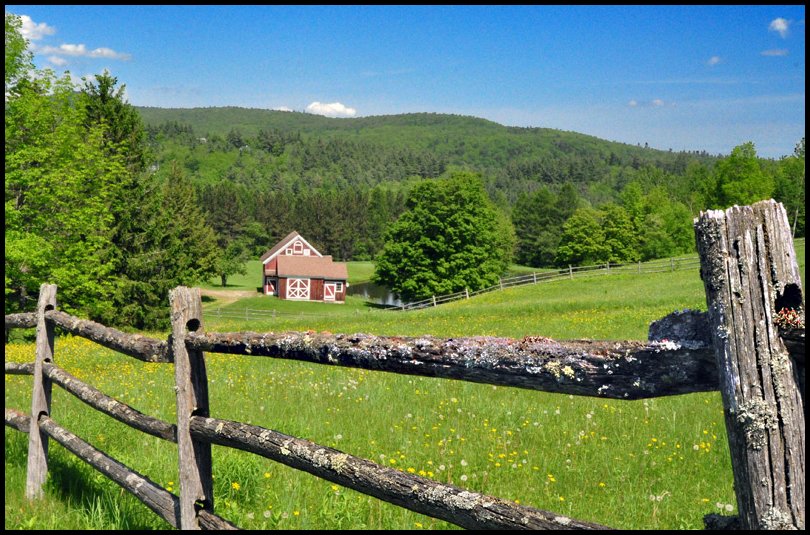 4. Stowe  5. Moss Glen Falls, Granville  6. 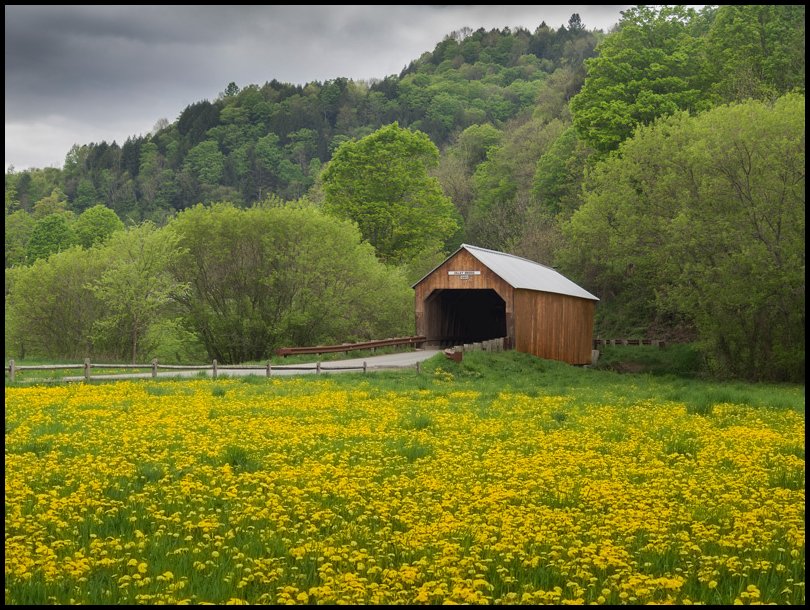 7. Lake Dunmore  8. Killington 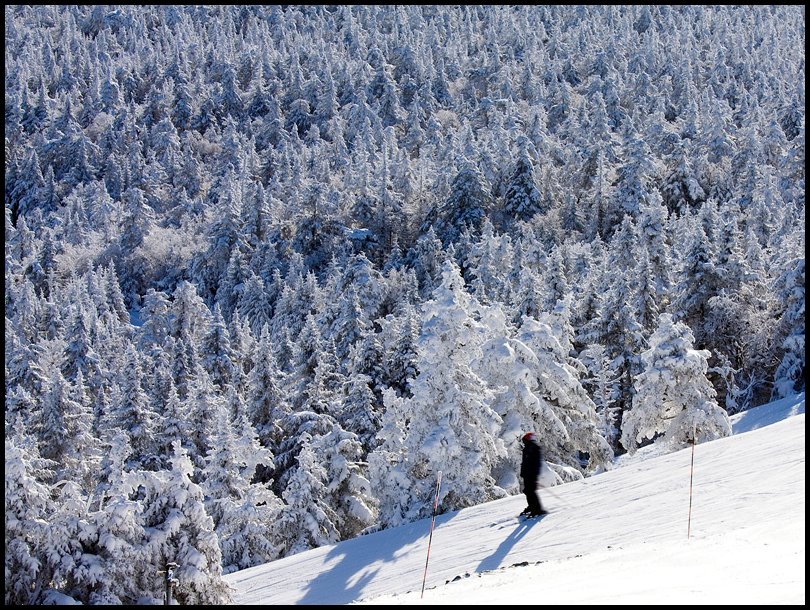 9. Mount Mansfield 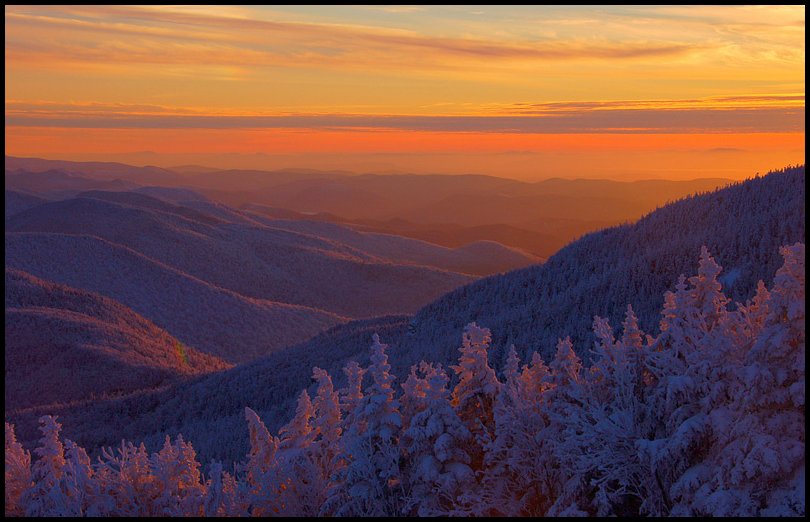 10. Stowe  11. Quechee 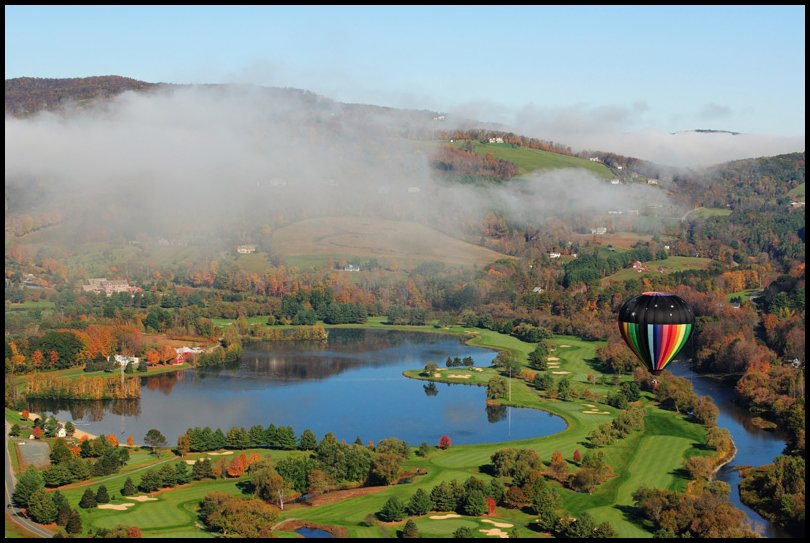 12.  13. Mount Mansfield 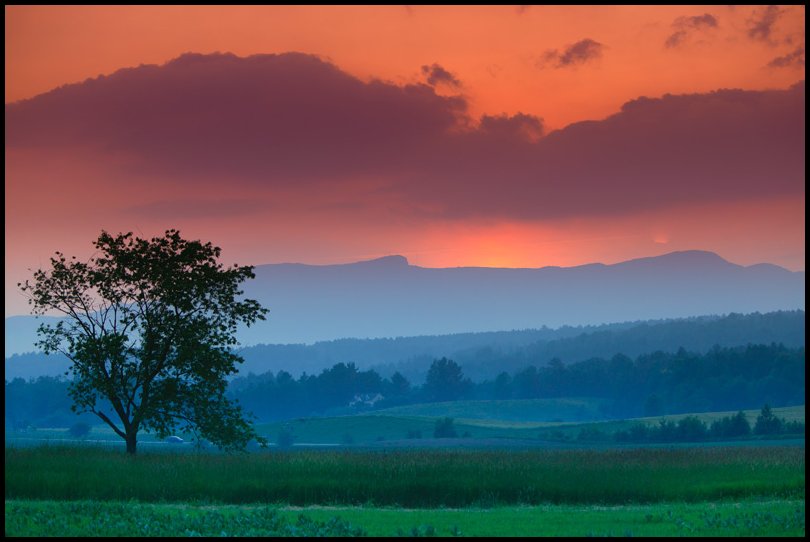 14. Stowe 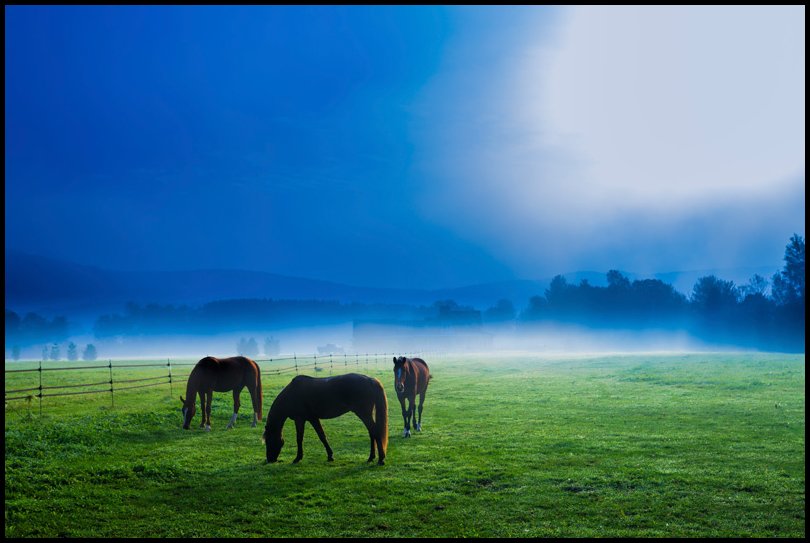 15. Hubbarton  |
| Previous Page | Home |